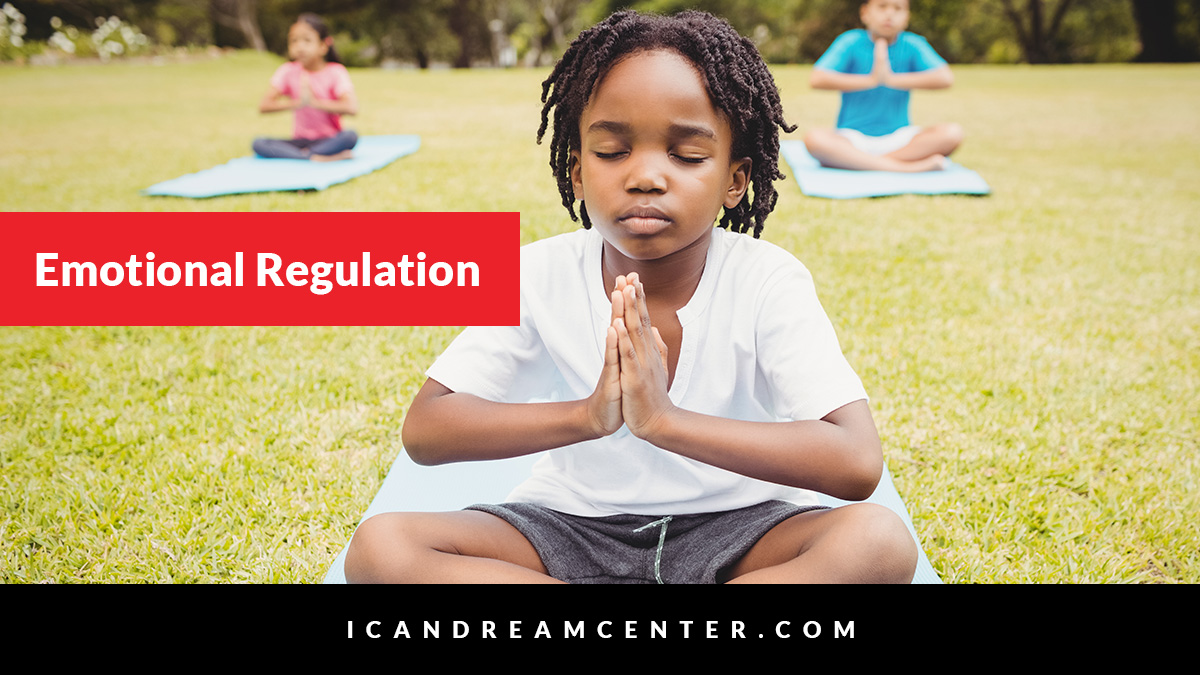
Let’s Talk About Emotional Regulation
Emotional regulation is the process of controlling your emotions and how you respond to them.
Students should:
- Take a break
- Express anger constructively
- Focus on finding a solution
Emotional regulation exercises:
BUBBLE BREATH WITH FORCED EXHALATION
This is a good strategy when students are feeling emotionally dysregulated because it delivers oxygen to the brain, which can help students think better and make smarter choices. (It’s also calming when kids are preparing to go to bed.) Bubble breaths are a variation on deep breathing, and they can calm fight or flight behaviors.
Directions for students:
Breathe in through your nose slowly for 4 seconds, hold, breathe out through your mouth slowly and with control for 6 seconds. (Emphasize holding the inhale breath longer than the exhale breath.) (Repeat)
PROGRESSIVE MUSCLE RELAXATION
This is an exercise where students isolate and then tense and relax different muscles in their body. It’s a great stress reducer.
Directions for students:
Label your feelings and put them into your shoulders. Tense them. Hold the position for 5 seconds and release.
Do the same for the wrists, fingers, knees, ankles, and toes. The feelings should become more manageable or even disappear.
CREATE A SAFE SPACE
COOL-DOWN AREA
A cool-down area offers students refuge when emotions like anger, sadness, and anxiety are present.
“The Chill Zone” or “My Calm Spot.”
These spaces should be a part of classrooms and even in the home! Children can request a safe space when they feel their emotions feel overwhelming.
